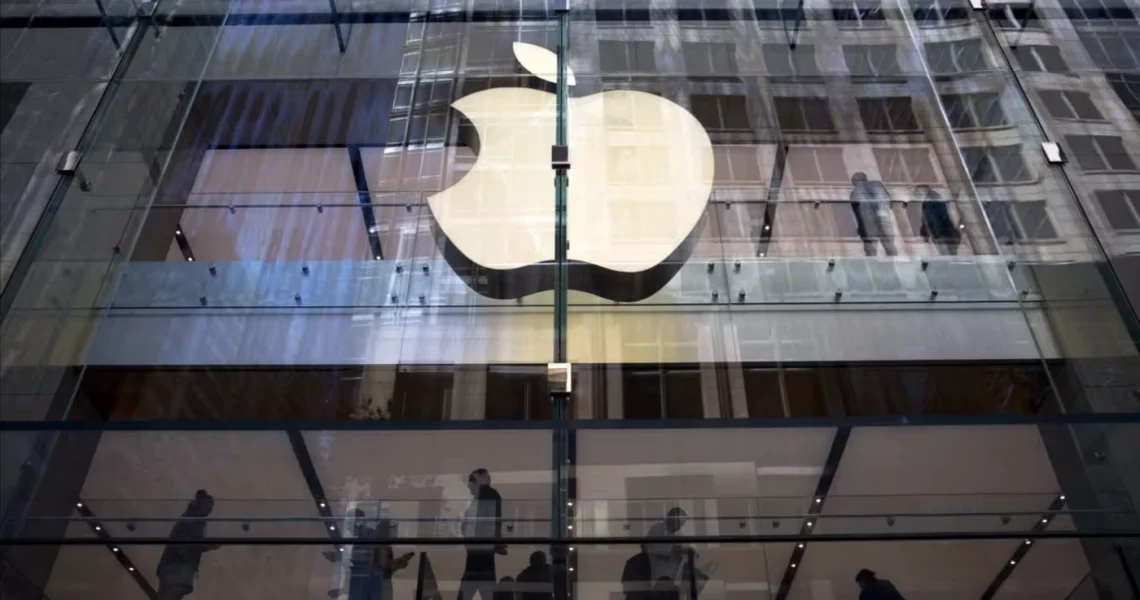Apple Names Sabih Khan New Chief Operating Officer
In a significant leadership announcement, Apple has officially promoted Sabih Khan to the crucial role of Chief Operating Officer (COO). This appointment places Khan directly in charge of the iPhone maker’s massive and incredibly complex global supply chain.
The move comes at a particularly pivotal time, as Apple, alongside other technology giants, continues to navigate an environment of profound and often unpredictable global trade uncertainty. This strategic internal promotion underscores Apple’s commitment to reinforcing its operational resilience amidst ongoing geopolitical challenges.
Sabih Khan is a long-standing veteran within Apple, having first joined the company in 1995. His deep institutional knowledge and extensive experience within the company’s operational backbone make him a logical choice for this demanding role. Khan will transition into his new position at the end of the current month, succeeding his current boss, Jeff Williams. Apple characterized this transition as part of a “long-planned succession,” indicating a deliberate and thoughtful approach to leadership changes at the highest echelons of the company. This meticulous planning is vital for a corporation of Apple’s scale and global reach, ensuring seamless continuity in its critical operations.
Tim Cook Praises Khan’s Expertise
Apple’s Chief Executive Officer, Tim Cook, publicly lauded Sabih Khan’s capabilities and contributions to the company. Cook described Khan as a “brilliant strategist,” a testament to his keen understanding of global logistics, manufacturing, and supply chain intricacies. More importantly, Cook identified Khan as one of the “central architects” of Apple’s renowned supply chain. This high praise from Cook, himself a legendary figure in supply chain management before becoming CEO, speaks volumes about Khan’s expertise and his indispensable role in shaping Apple’s operational prowess over the decades.
Khan’s career trajectory within Apple has been marked by a consistent focus on optimizing manufacturing and logistics. His previous role as Senior Vice President of Operations since 2019 saw him directly responsible for crucial areas. These responsibilities included overseeing product quality, meticulously planning global manufacturing operations, managing relationships with Apple’s vast network of manufacturing partners, and streamlining complex logistical processes.
In a statement released on Tuesday, Cook further highlighted Khan’s contributions, noting that he had “helped pioneer new technologies in advanced manufacturing, overseen the expansion of Apple’s manufacturing footprint in the US, and helped ensure that Apple can be nimble in response to global challenges.” These accomplishments underscore Khan’s ability to innovate, adapt, and lead in a rapidly evolving global manufacturing landscape.
Jeff Williams’ Legacy and Future Role
Sabih Khan’s promotion follows the transition of Jeff Williams, who had held leadership of Apple’s vast supply chain since 2015. Williams, a highly respected figure within Apple, boasts an impressive 27-year tenure with the company. Throughout his career, Williams played a pivotal role in numerous key initiatives, most notably leading the development of the groundbreaking Apple Watch. His extensive operational expertise and deep understanding of Apple’s intricate systems had led many observers to view him as a potential successor to Tim Cook in the CEO role. This perception stemmed partly from Cook himself having held the COO position before ascending to the chief executive office.
Williams has long been considered a protégé and close confidante of Tim Cook. His appointment marks the second significant leadership change within Apple’s top executive team this year. Earlier in January, longtime Chief Financial Officer (CFO) Luca Maestri stepped down from his role, signaling a period of strategic leadership transitions for the tech giant. While Khan takes over the supply chain, Apple confirmed that Williams would continue to oversee Apple’s highly influential design team and the company’s burgeoning health initiatives. This division of responsibilities ensures continuity in critical areas.
However, Apple also stated that the design unit, currently under Williams’ purview, would transition to reporting directly to Tim Cook after Williams’ eventual retirement, which is anticipated “late in the year.” This layered approach to succession planning reflects Apple’s careful consideration for preserving its core strengths, particularly in design, as it navigates executive changes.
Navigating a Volatile Trade Landscape
The timing of Sabih Khan’s appointment is deeply intertwined with the prevailing geopolitical and economic climate. Apple, a company deeply reliant on a globally interconnected supply chain for its manufacturing, faces continuous challenges from the unpredictable nature of international trade policy.
A significant source of this pressure has been President Donald Trump’s administration. Trump has consistently voiced threats of imposing substantial tariffs, specifically a 25 percent tariff, on tech companies like Apple and its rival, Samsung. This threat is contingent on these companies shifting the production of their devices from overseas locations, particularly China, to the United States. This “America First” manufacturing push by the Trump administration creates considerable strategic complications for Apple’s intricate and highly optimized global production network.
While trade relations between China and the U.S. have shown some recent improvements, the U.S. president’s famously volatile approach to trade policy continues to complicate Apple’s task in managing its vast global supply chain. The threat to Apple marked an escalation of what President Trump had previously described as “a little problem with Tim Cook,” hinting at ongoing tensions between the administration’s trade agenda and Apple’s global manufacturing footprint.
In response to high American tariffs on goods made in China, Tim Cook had indicated in May that factories in India would soon supply the “majority” of iPhones sold in the U.S. as early as next year. This strategic shift towards diversifying manufacturing locations, especially into countries like India, is a direct consequence of the trade uncertainties and tariffs, aiming to mitigate risks and ensure continued supply to key markets.
Broader Executive Changes and Future Strategy
The executive shuffle at Apple extends beyond the COO role. Another recent notable leadership change saw Mike Rockwell, the executive credited with spearheading the development of Apple’s innovative Vision Pro headset, take over the Siri product division. Rockwell replaced John Giannandrea, a highly regarded artificial intelligence specialist who was famously poached from Google. This move signals Apple’s intense focus on bolstering its AI capabilities, particularly in critical areas like its virtual assistant, Siri, which is increasingly becoming a central component of its device ecosystem.
These leadership changes, including Khan’s promotion, reflect Apple’s dynamic response to a rapidly evolving technological and geopolitical landscape. By placing a seasoned operations expert like Sabih Khan in charge of the supply chain, Apple aims to ensure agility and resilience in the face of ongoing global challenges.
This includes managing complex logistics, ensuring product quality across diverse manufacturing sites, and adapting to shifting trade policies. The emphasis on expanding Apple’s manufacturing footprint in the U.S., as highlighted by Cook, also suggests a strategic alignment with domestic policy pressures while maintaining global operational efficiency.
The company’s long-term strategy involves not only optimizing its hardware production but also investing heavily in cutting-edge technologies like AI and augmented reality, as evidenced by the changes in its AI and headset divisions. These internal shifts demonstrate a proactive approach to maintain Apple’s competitive edge, adapt to new market demands, and navigate the complexities of global manufacturing and trade.
The focus on strong leadership in operations, design, and AI indicates Apple’s strategic pillars for continued innovation and market dominance in the coming years.





